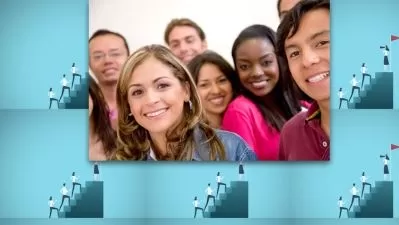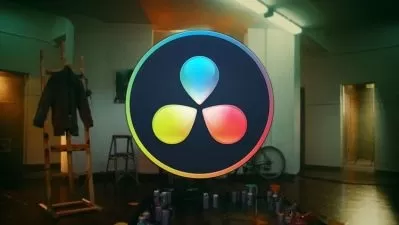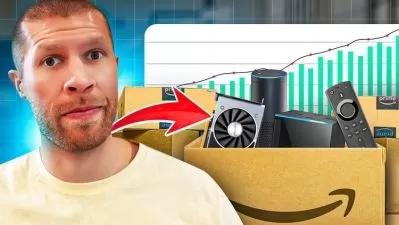About Video EditingLearn More
Video editing is the arrangement of video shots to enhance the structure and continuity of a larger piece of visual work. Editing is an essential process for producing any moving picture creation, whether a YouTube video or a major motion picture, and everything in between. A video editing class can provide you with the skills to manipulate any video to enhance its quality.
Sort by:
Sorting
The newest
Most visited
Course time
Subtitle
Frequently asked questions about Video Editing
Video editing requires manipulating and re-arranging raw video footage. It is part of the post-production process of video production. This means that you edit the video after completing all the shooting and recording. During filming, the director will often record multiple versions of the same content. Part of the editor’s job is to select the best versions to include in the final product. The editor may remove some footage altogether if it is unwanted or exceeds time restrictions. The editor can also add effects, graphics, or music to the video. The editor's goal is to create a final product that tells a story. This could mean creating a specific mood, flow, or supporting a particular view on a topic. The video comes together in the editing process.
Adobe Premiere is one of the most popular video editing tools. It has nearly all the features that you need to edit videos and is also the software used by professionals. It can take some time to learn all the features, but it has an easy-to-use interface. With Adobe Premiere you can also directly export videos to YouTube. Adobe offers a 7-day free trial and discounts for students and teachers. Final Cut Pro X is a video editing program for Mac. Much like all Apple products, it has a sleek user-friendly interface and offers many different features, including the ability to upload directly to social media websites. Final Cut Pro X offers a 30-day free trial. DaVinci Resolve is a video editing program for Windows and is known for its color correction abilities. It is available for free but there is also a paid version with a few extra features, which is well-suited for collaborative environments.
Traditionally, video editors worked in film and television. Film and television editors work closely with directors to assemble the final footage to bring the story to life. TV Studio Editors could also work in broadcast with real-time events. They would focus on switching between cameras and displaying visuals to communicate messages better to live audiences. Although these are still career paths, nowadays, there are many more jobs available to video editors. A popular way to break into the industry is by editing videos from events. For example, many people record their weddings and require a video editor to create the final video. Another growing field is web video editing. More people are creating video content for social media sites. Generally, the video creators are experts on a topic but are not familiar with video editing or do not have the time to complete the editing themselves.
It doesn’t take long to learn the basics of video editing. But, like any craft, you will never stop learning and improving your skills. Assembling different shots is easy. But understanding how to arrange them to create a story is more difficult. Video editing is a combination of science and art. You need the technical skills to create a video, but there is a lot of artistic freedom and input during the process. The first component is easy; the second takes time but is also fun. The best way to progress quickly is to get a lot of feedback from people that have viewed your work. Your videos should have a purpose and communicate a message. Find out if the people who viewed the video understood the video's purpose and enjoyed watching the video. Get as many different opinions as you can. The more perspectives and the more feedback, the better you will get.








